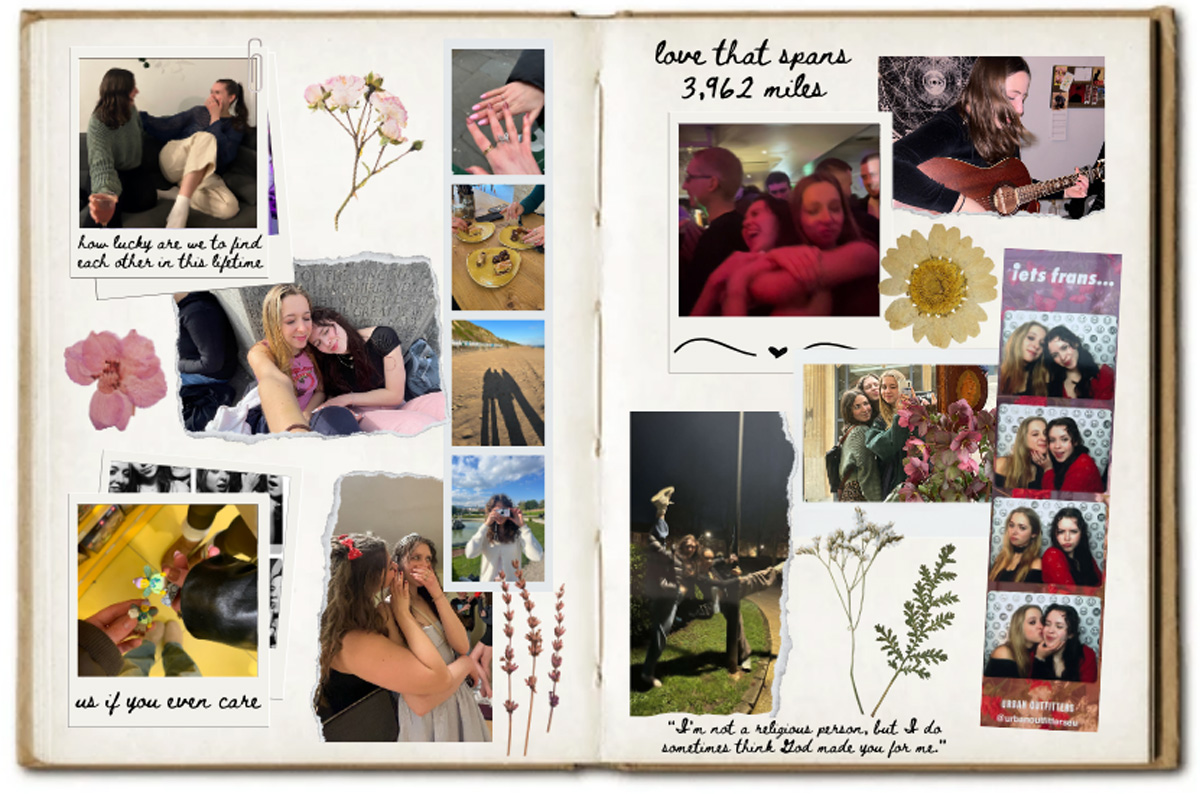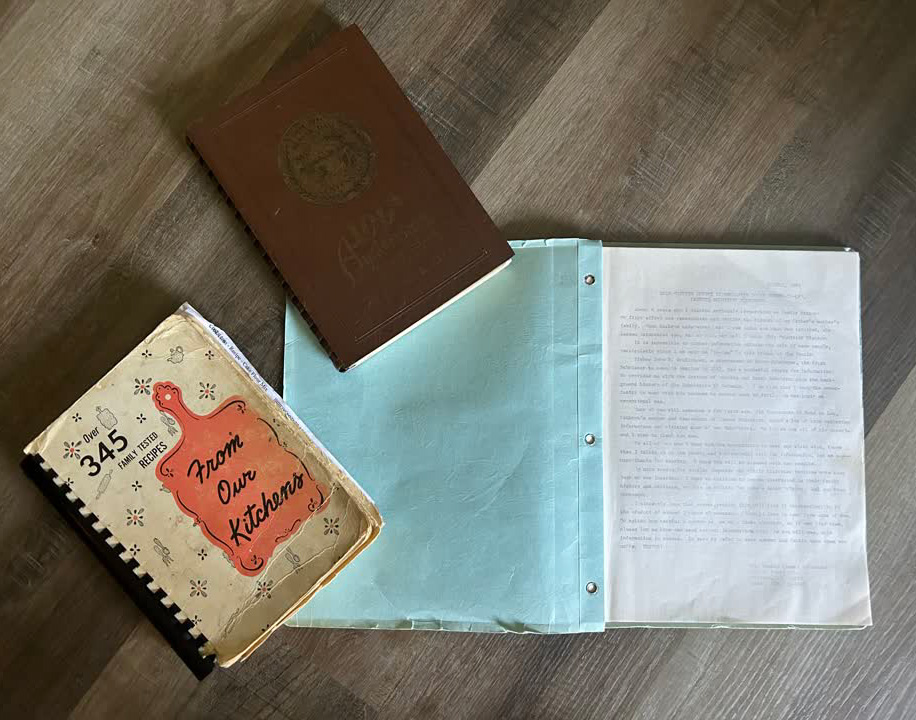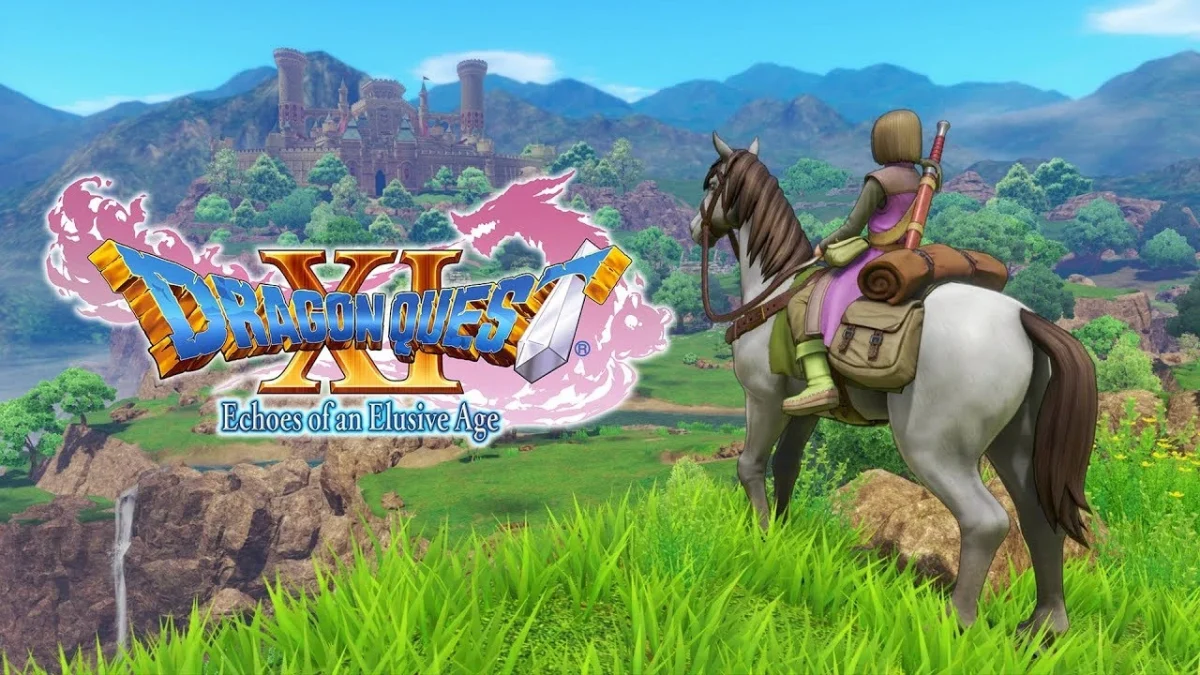I knew that spending my spring break in New Orleans doing recovery work from Hurricane Katrina was going to be unlike any other spring break I’d ever had. What I didn’t realize is just how much work is left to be done in the area.
Even seven months after the storm hit the Gulf Coast, there are many parts of New Orleans that remain in ruins and people who are waiting for outside aid before they can begin rebuilding their homes.
Last August when I first heard how much damage had been done in the South, I felt helpless. When I heard about an opportunity to help the relief efforts in New Orleans through Student Impact, a Campus Crusade for Christ affiliate, I signed up without hesitation.
Through CCC, in the course of the six weeks of different campus’ spring breaks, 8,500 students from across the country volunteered to work in the New Orleans area. Students mainly gutted mold-infested houses, planted trees or did other service projects in parts of the city for about six days. A team of 10 students on average can gut two homes a week, which counts for nearly 2,000 homes, churches and businesses that were gutted for the owners to rebuild.
Since this was my first visit to New Orleans, I didn’t really know what to expect. It was hard to believe about 80 percent of the city had been flooded after three levees were damaged. There were broken trees and branches everywhere, with leaning telephone poles and mangled street signs. As we drove by overpasses, rows of stripped cars lay deserted. Piles of debris from buildings were everywhere. Giant spray-painted Xs with numbers covered the front walls of nearly every house for identification purposes.
The place I stayed for a week was at the heart of Katrina damage, about a mile from the St. Bernard Parish in a warehouse called Light City. Inside the building, the walls were cold and whitewashed with a ceiling speckled in black mold. The air smelled of old sweat and diesel fuel. Thousands of cots sat in rows, and by the middle of that week 1,300 students slept in them side-by-side.
Since there still wasn’t workable plumbing, outside the warehouse were portable toilets and tents for taking showers.
Our first full day of work did not turn out the way most of us from UW-Eau Claire anticipated. A group of us took a walk six blocks down the street to see a levee. Along the way a student saw what looked to be the remains of a body in a pile of debris. After notifying authorities, we later learned that two more bodies were discovered in that same city block.
The whole incident brought our group closer as a team, and it pushed us to work harder the rest of the week. We had homes to go back to after the week was over. The reality of death and destruction is something the people in New Orleans cannot escape from.
That afternoon, a house was assigned to our team not far from Light City. It took us two days to take out all the insides of the house and tear down the walls, ceiling and strip the floor. The 10 of us switched jobs continuously and hauled debris to the streets for the Federal Emergency Management Agency to collect.
In the third house we worked on that week, we had to remove all personal belongings that were water-logged and decaying from mold or pests. The remains of homes and smashed cars scattered across quiet streets looked like a scene from a war zone or third-world country.
I still am trying to grasp why the St. Bernard Parish, Ninth Ward and other poor areas of New Orleans seem to be left to fend for themselves. Electricity, telephone service, plumbing and other necessities are still not present in many neighborhoods. The auto shops seem to be the only businesses that are open at this point. The people who are trying to rebuild their homes have few resources or contacts to help them begin putting their lives back together.
I walked with my team to where one of the levees broke on the last day of work.
Countless cranes and other equipment were being used to repair the damaged barrier.
Only the foundations of ruined houses were left, not far from where the levee used to be.
The next hurricane season begins in less than two months. So much is left to be done in this long recovery process in the South. I strongly encourage anyone to gather a group of people together and spend a week doing relief work in New Orleans, Pass Christian, Mississippi or other hard-hit areas this summer. The people directly impacted by Hurricanes Katrina and Rita need more help than what the government currently is giving them. Time is running out.
Though my spring break challenged me in ways I wasn’t expecting, my choice to serve a city devastated by a major hurricane is something I will never regret.
Change and restoration come from the willingness of volunteers and the hearts of tragedy victims who don’t give up hope. And that hope is what makes all the effort worth the sacrifice.
Leonard is a senior print journalism major and a columnist for The Spectator.






